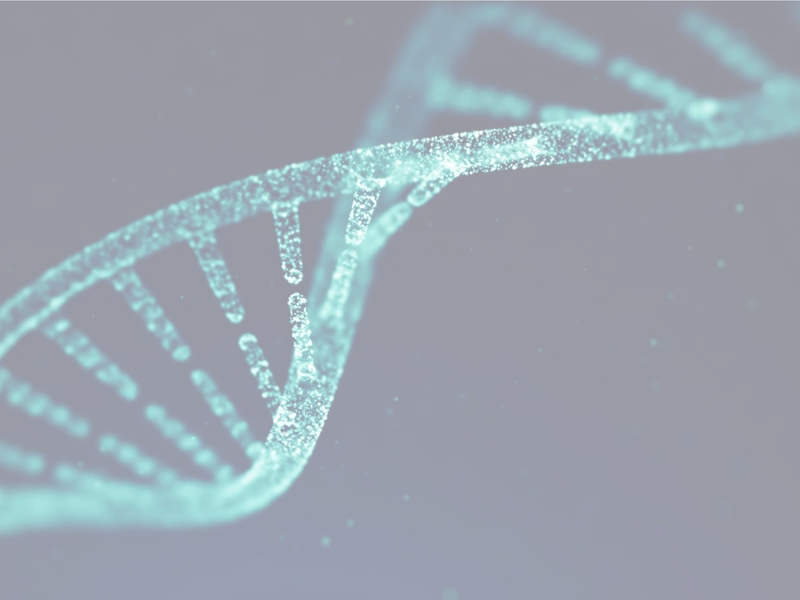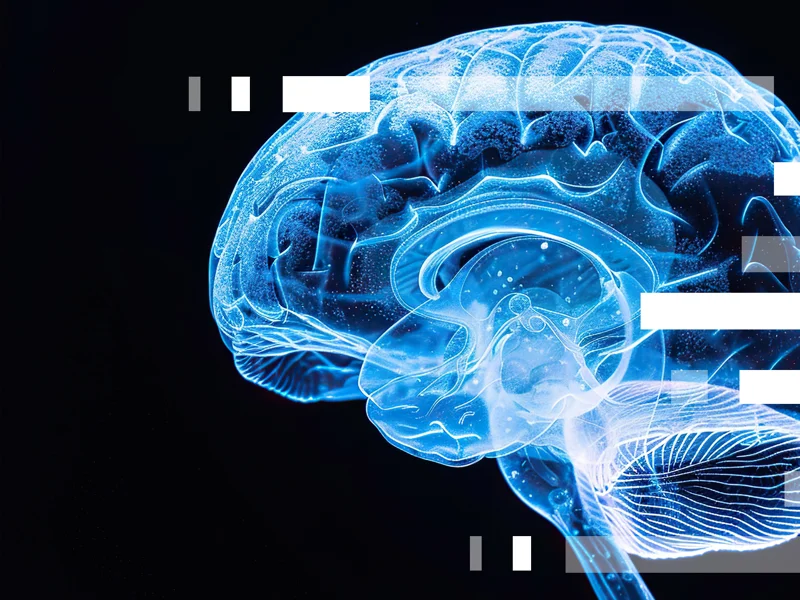Understanding the Prize data
The Longitude Prize on ALS brings together the largest and most comprehensive ALS dataset of its kind, encompassing genomic, transcriptomic, epigenomic, proteomic, neuroimaging, and clinical data from leading international research initiatives. Access to this rich resource will enable unprecedented analysis, accelerating the discovery of new therapeutic targets for ALS.

Whole Genome Sequence (WGS) Data
Whole Genome Sequencing (WGS) provides a complete readout of an individual’s DNA, covering both coding (exons) and non-coding regions. This data is crucial for identifying genetic variants (SNPs, indels, structural variants) associated with ALS.
WGS allows scientists to:
-
Identify both common and rare genetic variants across the entire genome
-
Detect mutations that may contribute to disease risk, progression, or treatment response
-
Explore structural variants (e.g., insertions, deletions, duplications) that may not be visible through targeted sequencing approaches.
WGS provides the most complete view of genetic variation, enabling deeper insights into complex diseases like ALS.

Epigenomics
Epigenomics involves the study of chemical modifications to DNA and histone proteins that influence gene activity without altering the DNA sequence. These modifications include DNA methylation, histone modification, and chromatin structure.
In ALS research, epigenomic studies help:
-
Identify regulatory changes that may underlie altered gene expression patterns,
-
Understand how environmental or age-related factors might contribute to disease onset and progression,
-
Reveal disease-specific epigenetic markers or mechanisms of neuronal vulnerability.
By mapping genome-wide epigenetic landscapes, researchers can better interpret how gene expression is regulated in ALS-affected tissues.

Transcriptomics/ RNA sequencing
Transcriptomics, typically measured via RNA sequencing (RNA-seq), is the study of all RNA molecules produced from active genes in a cell or tissue. It reflects the dynamic state of gene expression at a specific time or condition.
In ALS research, transcriptomics helps researchers:
-
Measure changes in gene activity across different stages of disease or tissue types,
-
Identify abnormal splicing, transcript variants, or non-coding RNAs involved in pathogenesis,
-
Understand cell-specific gene expression profiles using bulk or single-cell RNA-seq.
By revealing how gene regulation is altered in disease, transcriptomics contributes to identifying disrupted biological pathways and potential therapeutic targets.

Proteomics
Proteomics is the large-scale study of all proteins expressed in a cell, tissue, or organism. Proteins carry out most biological functions and often reflect more immediate physiological states than genes or transcripts.
In ALS research, proteomics enables scientists to:
-
Quantify protein abundance and post-translational modifications in tissues or fluids like CSF and plasma,
-
Identify disease-specific biomarkers (e.g., neurofilaments, TDP-43 pathology),
-
Investigate altered cellular processes such as protein aggregation, inflammation, or metabolic dysfunction.
Proteomics complements genomics and transcriptomics by providing insight into the functional outcomes of molecular changes.

Neuroimaging data
Neuroimaging includes a variety of non-invasive techniques used to visualise the structure and function of the brain and spinal cord. Common types used in ALS include structural MRI, diffusion tensor imaging (DTI), and resting-state functional MRI (rs-fMRI).
In ALS research, neuroimaging can:
-
Detect brain atrophy, particularly in motor and prefrontal regions (via structural MRI),
-
Assess white matter damage and disrupted neural pathways (using DTI),
-
Measure functional connectivity changes in resting brain networks (with rs-fMRI).
These imaging tools help track disease progression, identify early biomarkers, and support diagnosis and patient stratification.

Clinical Data
Clinical Data captures detailed information about a patient’s health status, disease progression, medical history, and treatment responses. In ALS research, this data is essential for linking biological signals to real-world symptoms and outcomes.
Clinical data allows scientists to:
-
Track progression metrics such as ALS Functional Rating Scale (ALSFRS-R), forced vital capacity (FVC), and survival outcomes
-
Correlate genomic and molecular findings with patient phenotypes and disease subtypes
-
Identify potential biomarkers linked to clinical features, treatment response, or disease trajectory
Clinical data provides vital context for interpreting multi-omics analyses and is key to developing meaningful, patient-centred ALS therapies.
Datasets Overview
Find out more about the datasets that will be made available to the prize participants during Stage 1 of the Prize.